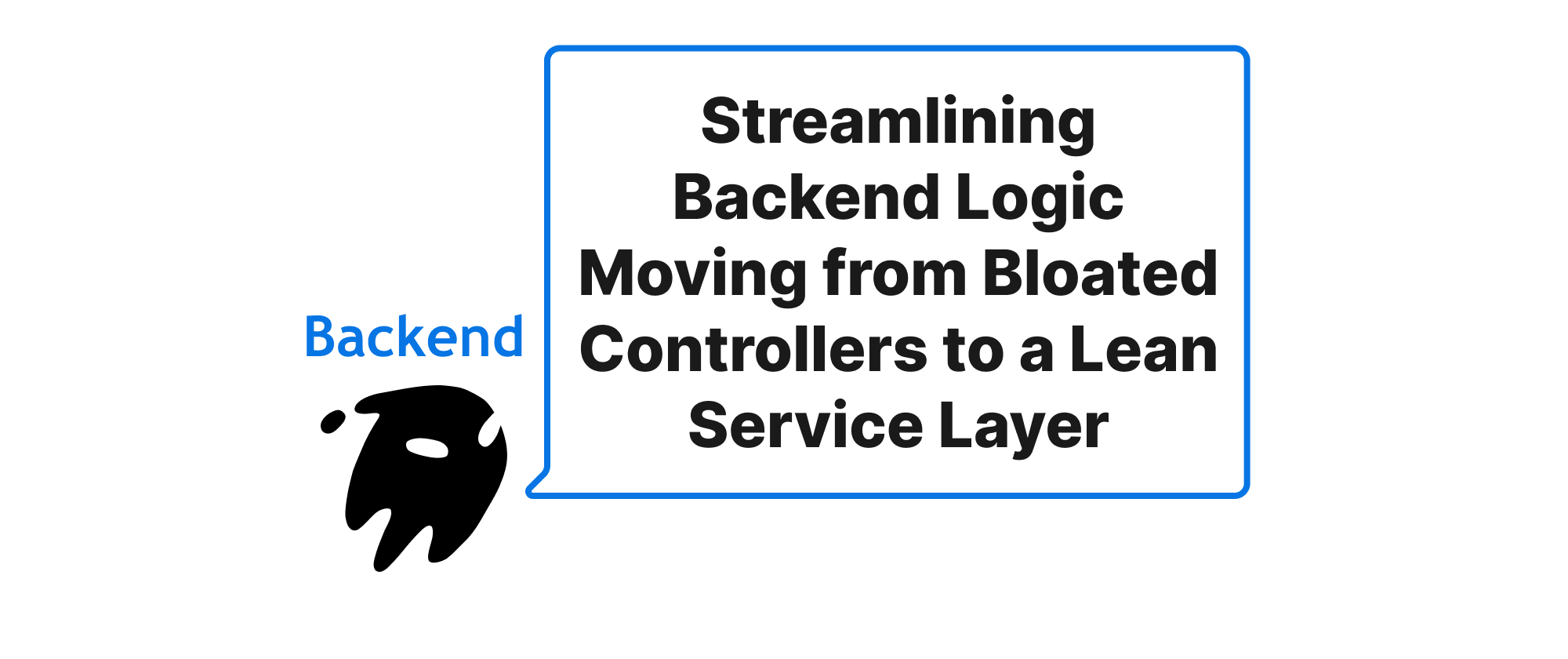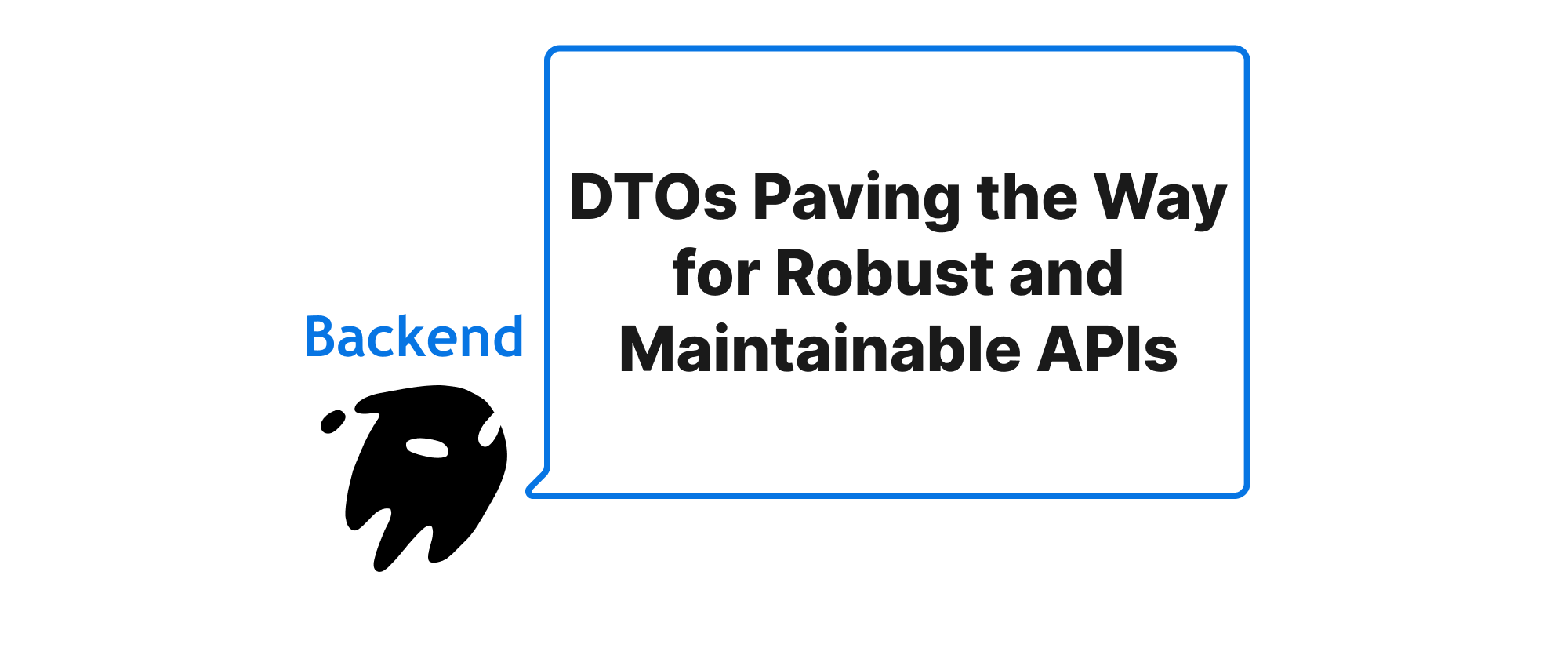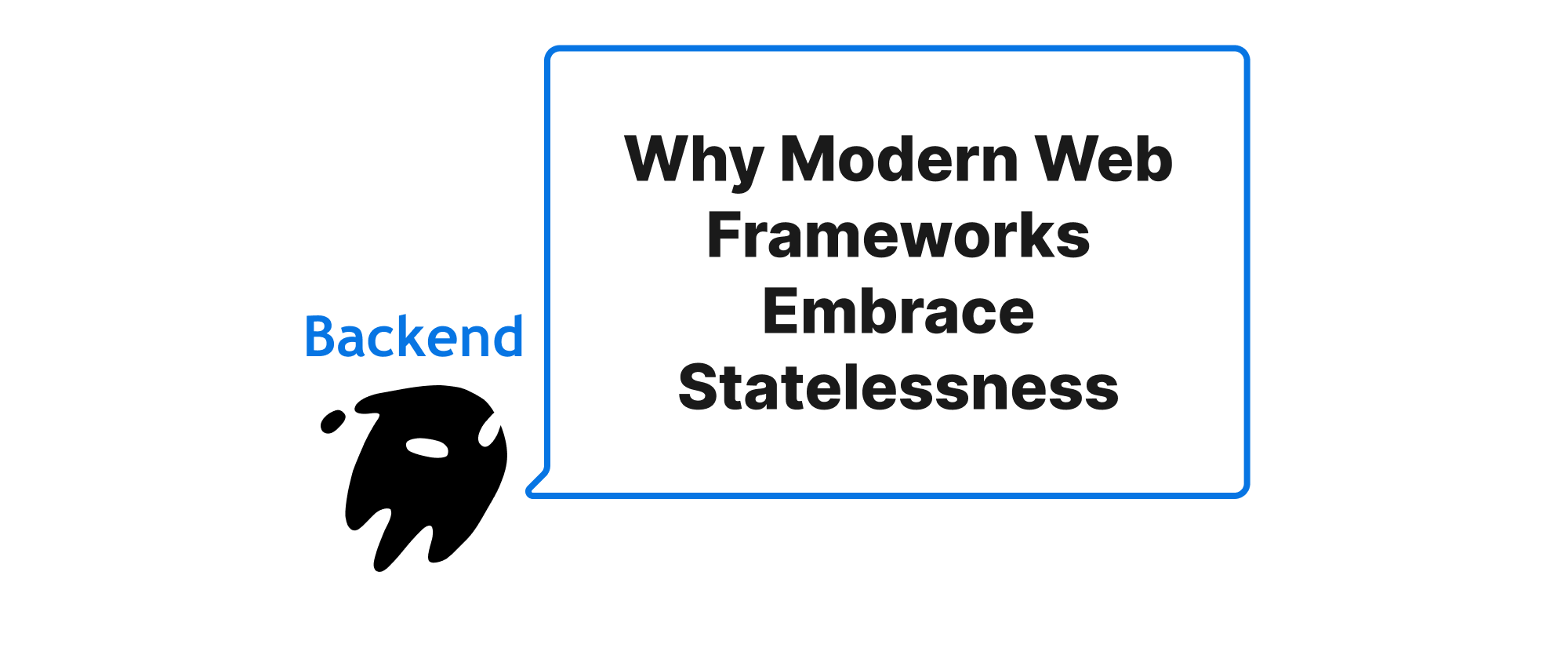Streamlining Backend Logic Moving from Bloated Controllers to a Lean Service Layer
Emily Parker
Product Engineer · Leapcell

Introduction
In the fast-evolving landscape of backend development, maintaining a clean, scalable, and maintainable codebase is paramount. Developers often start with a seemingly straightforward design where controllers handle both request routing and most business logic. While this approach might seem expedient for small projects, it quickly leads to "bloated controllers" as applications grow in complexity. These controllers become difficult to manage, test, and evolve, accumulating responsibilities that rightfully belong elsewhere. This article will explore the critical architectural evolution from such unwieldy controllers to a more refined and robust design centered around a lean service layer. This shift not only enhances code quality but also significantly improves team collaboration and long-term project viability.
Core Concepts and Principles
Before we dive into the restructuring process, let's establish a clear understanding of the core components involved and their intended roles in a well-architected backend application.
Controllers
Controllers (often part of the "presentation layer" or "API layer") are primarily responsible for handling incoming HTTP requests, validating input, invoking appropriate business logic, and returning HTTP responses. Their main duty is to act as an entry point, orchestrating interactions between the web and the application's core logic. A key principle for controllers is to keep them "thin" – meaning they should contain minimal business logic.
Services (or Service Layer)
The service layer encapsulates the application's business logic. This is where the "what" and "how" of your application's operations reside. Services coordinate interactions between different domain entities, perform calculations, enforce business rules, and interact with data access layers. They are designed to be reusable, testable independently of the web framework, and focused on specific business capabilities.
Data Access Layer (DAL) / Repositories
The data access layer (often implemented through repositories or DAOs) is responsible for abstracting the underlying database or data source. Its sole purpose is to provide methods for performing CRUD (Create, Read, Update, Delete) operations on data, shielding the service layer from database-specific details.
The Problem with Bloated Controllers
When business logic, data access calls, and request handling are all crammed into a single controller method, several issues arise:
- Low Cohesion: Methods perform multiple unrelated tasks.
- High Coupling: Controllers become tightly coupled to specific data access implementations and business rules.
- Difficult to Test: Unit testing becomes challenging as a single method might require a full web context and database setup.
- Reduced Reusability: Business logic cannot be easily reused by other parts of the application (e.g., scheduled tasks, message queues).
- Poor Maintainability: Changes in business rules or data access patterns impact multiple layers, increasing the risk of bugs.
Restructuring to a Lean Service Layer
The solution to bloated controllers lies in adhering to the Single Responsibility Principle, separating concerns, and introducing a dedicated service layer.
Principle: Separation of Concerns
Each layer of your application should have a distinct responsibility. Controllers handle HTTP concerns, services handle business logic, and data access layers handle persistence concerns.
Implementation Example
Let's consider a practical example: a simple API for managing user accounts.
Bloated Controller (Before Refactoring):
// Example in a Spring Boot application @RestController @RequestMapping("/api/users") public class UserController { @Autowired private UserRepository userRepository; // Direct access to repository @PostMapping public ResponseEntity<User> createUser(@RequestBody UserCreateRequest request) { // 1. Input validation (should be handled by validation framework) if (request.getUsername() == null || request.getPassword() == null) { return ResponseEntity.badRequest().build(); } // 2. Business logic: Check if user already exists if (userRepository.findByUsername(request.getUsername()).isPresent()) { return ResponseEntity.status(HttpStatus.CONFLICT).build(); } // 3. Business logic: Encrypt password String hashedPassword = MyPasswordEncoder.encode(request.getPassword()); // 4. Data access: Create user entity User newUser = new User(); newUser.setUsername(request.getUsername()); newUser.setPassword(hashedPassword); User savedUser = userRepository.save(newUser); // 5. Response handling return ResponseEntity.status(HttpStatus.CREATED).body(savedUser); } }
In this example, UserController does too much. It validates input, checks for existing users, hashes passwords, interacts directly with the UserRepository, and handles response generation.
After Refactoring with a Service Layer:
First, we define a service interface and its implementation:
// UserService.java (Interface) public interface UserService { User createUser(String username, String password); Optional<User> findByUsername(String username); // ... other user-related business operations } // UserServiceImpl.java (Implementation) @Service public class UserServiceImpl implements UserService { @Autowired private UserRepository userRepository; // Injected repository @Override @Transactional // Ensures atomicity of the operation public User createUser(String username, String password) { // 1. Business rule: Check for existing user if (userRepository.findByUsername(username).isPresent()) { throw new DuplicateUsernameException("Username already taken."); } // 2. Business logic: Encrypt password String hashedPassword = MyPasswordEncoder.encode(password); // 3. Data access: Create and save user (delegated to repository) User newUser = new User(); newUser.setUsername(username); newUser.setPassword(hashedPassword); return userRepository.save(newUser); } @Override public Optional<User> findByUsername(String username) { return userRepository.findByUsername(username); } }
Now, the UserController becomes significantly leaner:
// UserController.java (Refactored) @RestController @RequestMapping("/api/users") public class UserController { @Autowired private UserService userService; // Injected service @PostMapping public ResponseEntity<User> createUser(@Valid @RequestBody UserCreateRequest request) { try { // 1. Input validation handled by framework annotations (@Valid) // 2. Delegate all business logic to the service layer User createdUser = userService.createUser(request.getUsername(), request.getPassword()); return ResponseEntity.status(HttpStatus.CREATED).body(createdUser); } catch (DuplicateUsernameException e) { return ResponseEntity.status(HttpStatus.CONFLICT).body(e.getMessage()); } catch (Exception e) { // Generic error handling return ResponseEntity.status(HttpStatus.INTERNAL_SERVER_ERROR).body("An error occurred."); } } }
In this refactored design:
- The
UserControlleris primarily concerned with receiving the request, calling the appropriate service method, and formatting the response. It handles HTTP-specific concerns. - The
UserServicenow holds all user-related business logic, including checking for duplicates and password hashing. It uses theUserRepositoryfor data persistence without knowing the underlying database technology. - Input validation is externalized, typically handled by framework-specific annotations like
@Validwhich delegate to a validation library (e.g., Hibernate Validator). - Error handling is more focused in the controller, mapping application-specific exceptions to HTTP status codes.
Benefits of the Service Layer
This architectural shift brings numerous advantages:
- Improved Testability:
UserServicecan be unit-tested in isolation without mocking HTTP requests or database connections, significantly streamlining testing efforts. - Enhanced Maintainability: Changes to business rules only affect the service layer, not the controllers or data access layer.
- Increased Reusability:
UserServicemethods can be invoked by other parts of the application (e.g., a batch process, a message consumer) without going through the web layer. - Better Organization: Clear separation of concerns makes the codebase easier to navigate and understand.
- Scalability: Services can be scaled independently or evolve without directly impacting the presentation concerns.
- Abstraction of Data Access: The service layer interacts with an abstract repository, allowing easy switching of persistence technologies.
Conclusion
The transition from bloated controllers to a lean service layer is a fundamental step towards building robust, maintainable, and scalable backend applications. By strictly separating concerns, assigning clear responsibilities to controllers and services, and leveraging dependency injection, developers can create a codebase that is a pleasure to work with and resilient to change. Embrace the service layer to build backend systems that are easier to understand, test, and evolve.


